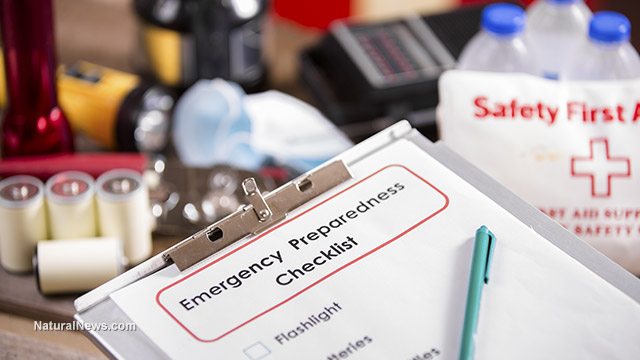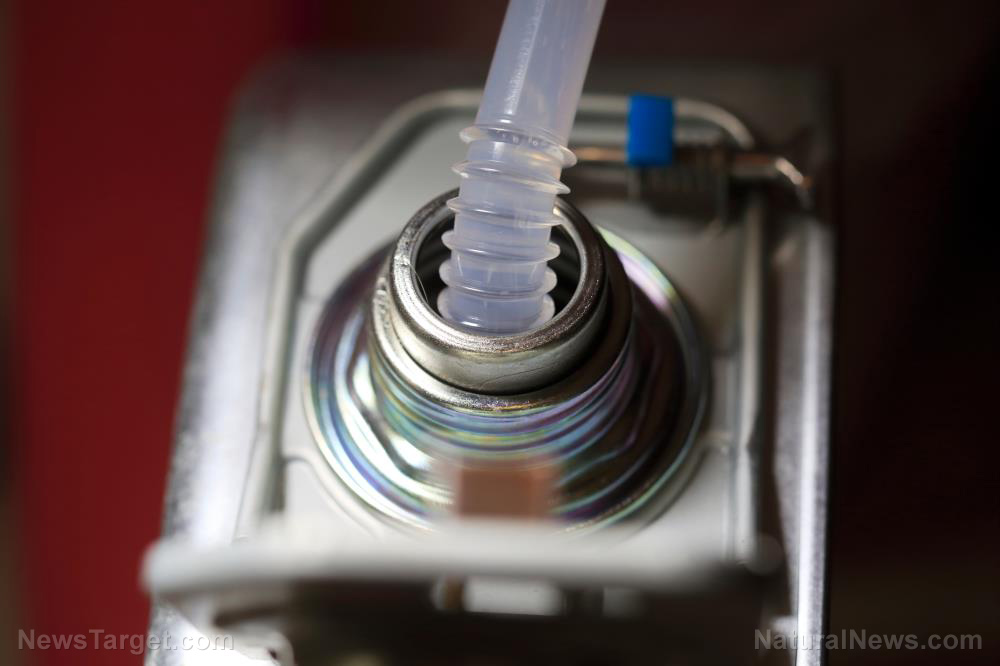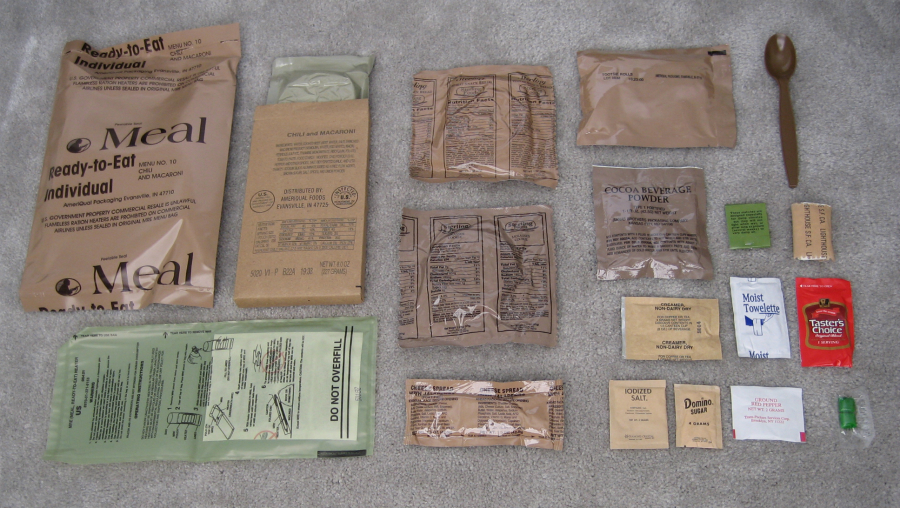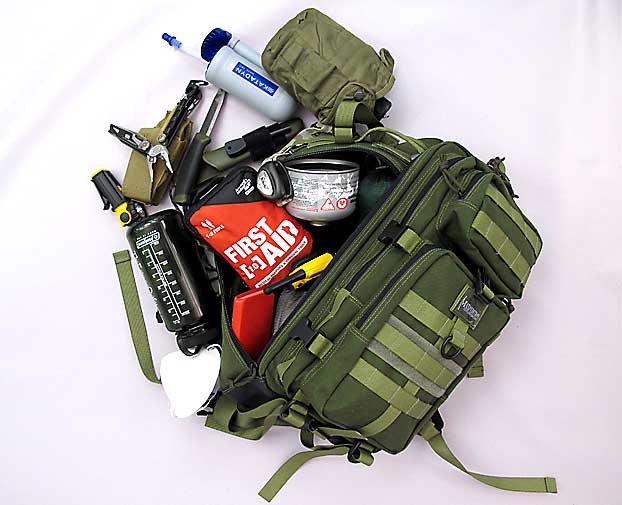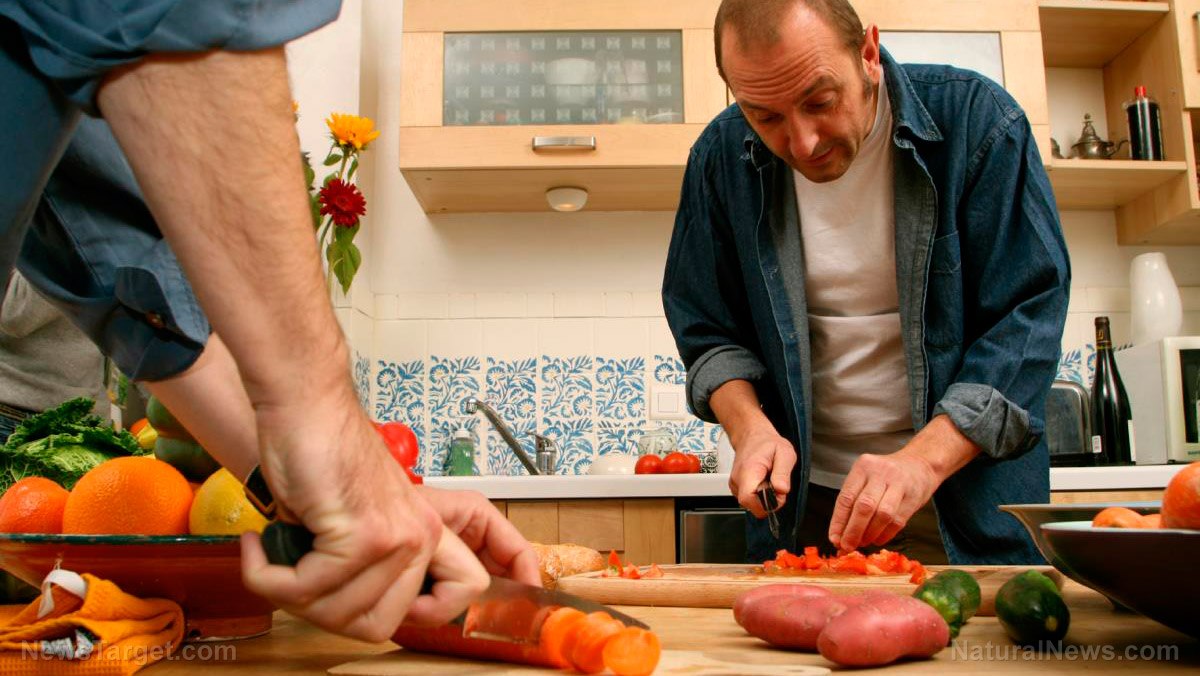Food storage tips: How to dehydrate foods for long-term storage
06/23/2021 / By Divina Ramirez
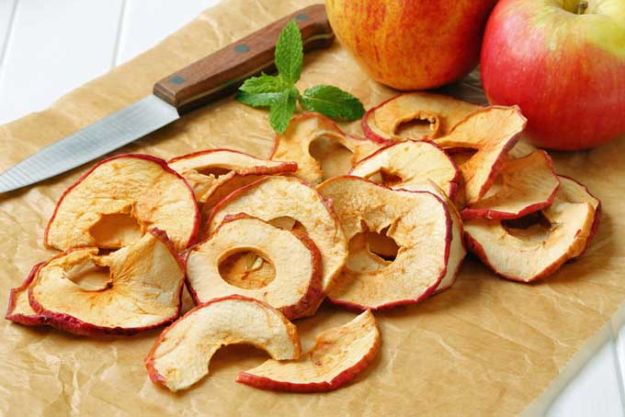
Food dehydration is one of the easiest and cheapest methods of food preservation. It lets you extend the shelf-life of extra produce after an abundant harvest without using preservatives or chucking them in the refrigerator. Plus, dried, nutrient-dense foods are a key part of any prepper’s stockpile.
Read on to learn about the various benefits of dehydrating your own foods and the most common methods of food dehydration.
Benefits of dehydrating your own foods
Dehydrating foods is as simple as it sounds. Thousands of years ago, people would spread food outside to dry in the sun. This reduced the food’s moisture content. Consequently, dehydrating foods prevented bacterial growth and extended the food’s shelf-life without the use of natural preservatives, such as salt and vinegar.
Due to their low moisture content, dehydrated foods weigh less and take up less space than fresh foods. As such, dehydrated foods are indispensable additions to survival kits and prepper stockpiles.
Here are some of the other benefits of dehydrating foods:
- It’s all-natural. Although dehydrated foods last just as long as non-perishable foods like canned goods, the former is healthier because it doesn’t contain artificial preservatives and additives. Nothing beats knowing you have access to all-natural foods year-round, especially when SHTF.
- You get to eat nutritious foods. Dehydrating foods allows you to preserve nutrients in foods because they are generally dehydrated in their raw state. When you cook your food, you can lose a lot of its nutrients due to the high heat exposure. This isn’t a problem with food dehydration since you can simply leave food outdoors to dry in the sun. Dried fruits and vegetables also retain their fiber content.
- There is little to no risk of contamination. Bacteria thrive in wet environments. By eliminating the moisture factor through dehydration, you ensure that bacteria cannot proliferate and spoil the food. Make sure to pack and store all dehydrated foods properly to further minimize the risk of contamination.
- You save money. Imagine how much money you’ll save when you bulk-buy fresh fruits and vegetables at a discounted rate and dehydrate them at home for long-term storage. (Related: Food storage tips: Considerations for making the most out of your food prepping budget.)
- You can easily store dehydrated foods. Dehydrating shrinks foods, meaning you won’t need a huge space to store them. Store your dehydrated foods in glass jars, airtight containers or resealable bags. If you’re thinking of long-term food storage, you can also opt for vacuum-sealed, food-grade plastic bags.
How to dehydrate foods
There are several ways to go about food dehydration. Here are some of the most popular methods among both preppers and homesteaders:
- Air drying – Air drying is the most natural way to dehydrate food. It involves spreading or hanging the food outdoors in the shade or under the heat of the sun. This method works best for herbs and leafy vegetables, which tend to shrivel up easily when dehydrated in the oven or in an electric dehydrator.
- Oven drying – If you don’t have the money to invest in an electric dehydrator, your oven will do. Make sure you don’t go over 140 degrees Fahrenheit so you don’t cook the food completely. Oven drying normally takes several hours.
- Solar dehydrating – A solar dehydrator is an affordable and energy-efficient substitute for an electric dehydrator. Follow this easy guide to make your own solar dehydrator.
- Electric dehydrating – An electric dehydrator is designed to dehydrate food efficiently. It comes with fans and built-in tiered trays so you can dry several batches of food at a time.
Learn more about other natural methods of food preservation at FoodStorage.news.
Sources include:
Tagged Under: dehydrating food, emergency food, food dehydration, food independence, Food Preservation, food safety, Food storage, food supply, homesteading, how-to, preparedness, prepping, survival food, sustainable living, tips
Get independent news alerts on natural cures, food lab tests, cannabis medicine, science, robotics, drones, privacy and more from NewsTarget.com
Get independent news alerts on natural cures, food lab tests, cannabis medicine, science, robotics, drones, privacy and more from NewsTarget.com
RECENT NEWS & ARTICLES
COPYRIGHT © 2017 · SURVIVAL NEWS




